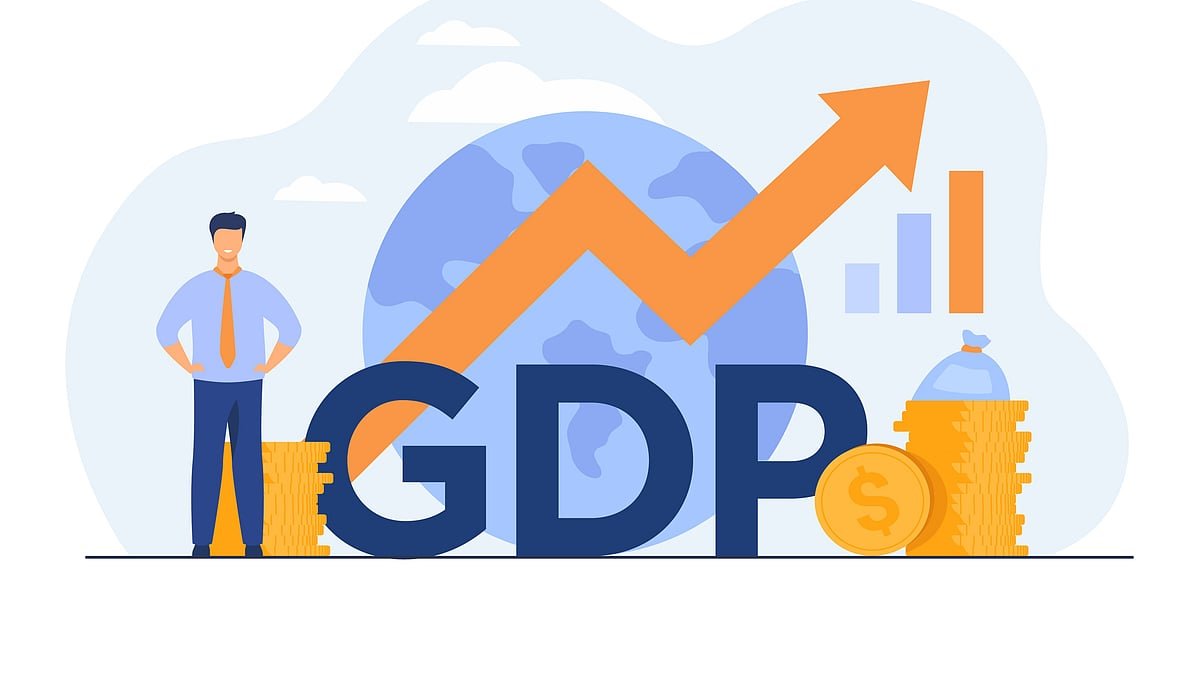ICRA projects the pace of expansion in the agriculture, forestry and fishing GVA to moderate to about 4.5% in Q1FY26 from 5.4% in Q4FY25, while remaining robust, led by the healthy growth in the output of most rabi and summer crops.
Industrial GVA growth is expected to decline to 4% in Q1FY26 from 6.5% in Q4FY25, as per ICRA’s estimates, with excess rainfall weighing upon the performance of the mining and electricity amid a strong base effect. While growth in manufacturing volumes decelerated in Q1FY26 on an annual basis, compared to Q4FY25, input costs reverted to the deflationary zone, which may have supported the profitability of listed players in certain sectors, explained Nayar, estimating manufacturing GVA growth to moderate slightly to 4% in Q1FY26 from 4.8% in Q4FY25.
Teresa John, chief economist at Nirmal Bang, also said that manufacturing sector growth is likely to benefit from improvement in corporate profitability and muted WPI inflation, estimating the sector to grow at a robust pace of 8% on an annual basis. However, sluggish mining and electricity production will act as a drag, John said.
Services, including construction, are likely to slow to 6.5% on an annual basis in Q1 FY26, down from 7.9% in Q4FY25, said John, while construction is likely to grow 7.5% on an annual basis in Q1FY26.
In terms of expenditure, growth will be supported by rural demand and government capital expenditure, according to high frequency indicators. Meanwhile, urban demand has likely remained weak, reflecting muted urban wage growth, said Sengupta.
Private corporate capex is also expected to remain tentative, given uncertainty on domestic and external demand, she said, adding that the drag from net imports is expected to be lower with a rise in the trade deficit balanced by higher services surplus.
The bilateral tariffs did not have a negative impact on exports, due to front-loading of exports to the US. Moreover, the tariffs on India were relatively lower as pause period existed. Tariff-induced uncertainty and still-lukewarm private capex mean that growth might ease in later quarters.



